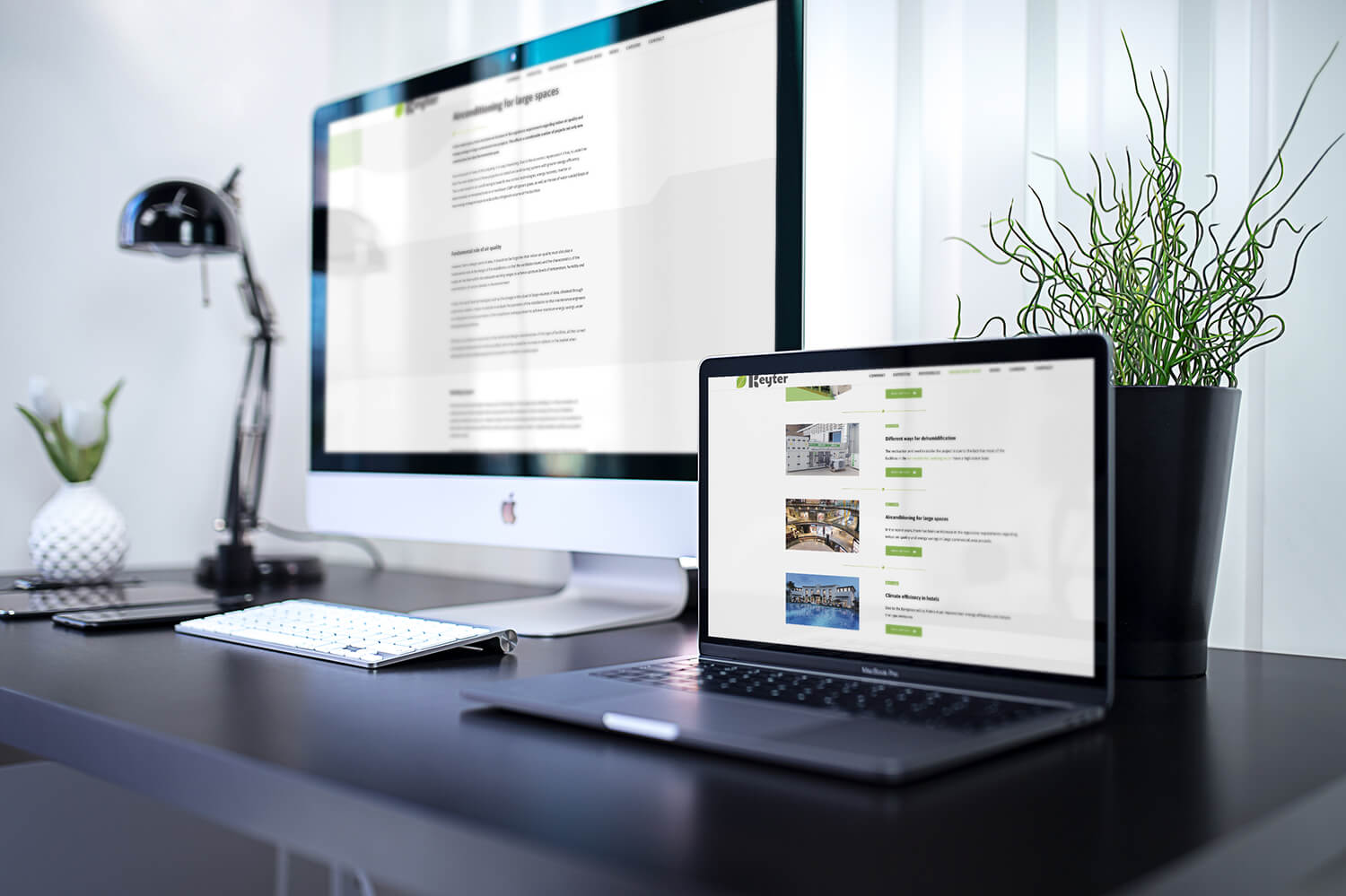Temperatures in the RITE (Regulation Of Thermal Installations In Buildings)
It is logical for a Thermal Installations Regulation to address temperatures, but how many temperatures are there to consider when designing a human comfort air conditioning system? The answer is not straightforward; we must go through all the necessary steps for installation design and follow the guidelines set by RITE.
DESIGN INDOOR TEMPERATURE
Here is where errors often occur. Most people would suggest relying on Table IT 1.1.4.1.2 Operational temperature and relative humidity.

However, that is not the case. The title can be misleading, if we continue reading the text, it mandates that:
“For the dimensioning of heating systems, a calculation temperature for interior conditions of 21ºC shall be used. For cooling systems, the calculation temperature shall be 25ºC.”
Therefore, we have our first temperature, the design temperature.
OPERATIONAL TEMPERATURE
Now, the previous table would provide the temperature range where we should set our thermostats when the system is in operation. But no, it’s not that simple either. The table is designed for “individuals with sedentary metabolic activity of 1.2 met, with a clothing level of 0.5 clo in summer and 1 clo in winter, and a PPD (percentage of dissatisfied people) less than 10%, with values for operational temperature and relative humidity assuming a low air velocity (<0.1 m/s).”
What if this is not the case? Well, “For different values of metabolic activity, clothing level, air velocity, and PPD than those in section a), the calculation of operational temperature and relative humidity performed by the procedure indicated in UNE-EN ISO 7730 is valid.”
We are gradually clarifying things, but does what was mentioned above always apply? No, another issue arises. IT 3.8 indicates that after the Amendment by RD-Law 10/2022:
“For energy-saving reasons, the temperature conditions inside habitable establishments that are conditioned, located in buildings and premises for the following uses will be limited:
a) Administrative.
b) Commercial: shops, supermarkets, department stores, shopping centers, and similar.
c) Public attendance:
Cultural: theaters, cinemas, auditoriums, congress centers, exhibition halls, and similar.
Public entertainment venues and recreational activities.
Restoration: bars, restaurants, and cafes.
People transportation: stations and airports.
a) The air temperature in heated spaces shall not exceed 19 ºC, when conventional energy consumption is required for heat generation by the heating system.
b) The air temperature in refrigerated spaces shall not be less than 27 ºC, when conventional energy consumption is required for cold generation by the refrigeration system.”
DESIGN OUTDOOR TEMPERATURE
Now we know, or so we think, the indoor design conditions, but what about the outdoor conditions? IT 1.2.4 Characterization and quantification of energy efficiency requirements are clear:
“To improve the energy efficiency of generators, adjust power to real thermal demand, and reduce design power in a project, to set the power supplied by heat or cold production units, the following must be considered:
a) For the calculation of maximum winter thermal loads, the dry temperatures to be considered are those corresponding to a 99% percentile for all types of conditioned buildings and spaces (TS 99%).
b) For the calculation of maximum summer thermal loads, the coincident dry and wet temperatures to be considered are those corresponding to a 1% percentile for all types of conditioned buildings and spaces (TS 1%).”
Is it always like this? No, not always. The next paragraph clarifies:
“As an exception and whenever justified in the project or technical report, for buildings with special uses, such as hospitals, museums, etc., the following must be considered:
a) For the calculation of maximum winter thermal loads, the dry temperatures to be considered are those corresponding to a 99.6% percentile (TS 99.6%).
b) For the calculation of maximum summer thermal loads, the coincident dry and wet temperatures to be considered are those corresponding to a 0.4% percentile (TS 0.4%).”
On this matter, it must be highlighted that the design outdoor temperatures are obtained from the Technical Guide for Exterior Climatic Conditions of the project. Other sources can be used, and it is permissible, but this is the most common source.
If we analyze the conditions from various locations provided, we get:

Observing the TS1 percentile data, only Córdoba exceeds the design temperature of 38ºC, assuming that only the TS1 of the 8760 calculation hours surpasses this temperature. This seems unrealistic. For the TS0.4 percentile, Córdoba and Sevilla are above 38ºC, but they do not reach 40ºC, which is also unrealistic.
Therefore, we have three temperatures:
- Interior design temperatura
- Operational temperaturas
- Exterior design temperatura
And a lot of nuance; one must be careful in determining and not confusing them, as the calculation of thermal loads could be incorrect.
More articles
Interested in other (technical) knowledge articles? Keep yourself up to date and read them all

